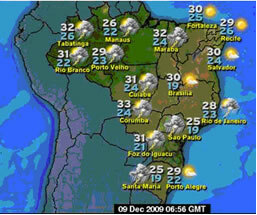Sleep needs and patterns vary greatly from person to person, with some needing 10 to 12 hours of sleep to feel rested, while others may need as little as five hours.
In cases of sleep disorder, the diagnosis is made through detailed anamnesis regarding sleep-related behaviors and drowsiness.
Insomnia, sleep disturbances associated with apnea, narcolepsy and parasomnias are four basic groups of sleep disorders.
Characterized by a reluctance to fall asleep, insomnia is one of the most common phenomena in mental health. Sleeping a lot during the day or waking up at different times each day, too much coffee at night, alcohol abuse are all habits that influence insomnia.
Apnea is characterized by the occurrence of short breathing pauses, from 10 to 50 seconds during sleep. In cases of apnea, the person snores, the blood oxygen saturation drops and there is a small awakening.
In addition to daytime sleepiness, narcolepsy presents cataplexy attacks, which is a very small crisis weakness of certain muscle groups, causing the jaw to drop, the head, weakness in the knees. The rare Kleine-Levin syndrome can also occur, where there are attacks of drowsiness and the patient sleeps excessively during the day and night, this being more common in adolescents and young men.
Dysfunctions in the sleep-wake transition, incomplete awakening, abnormalities in awakening are characteristics of parasomnias.
Patricia Lopes
Brazil School Team
Psychology - Brazil School
Source: Brazil School - https://brasilescola.uol.com.br/psicologia/os-transtornos-sono.htm


